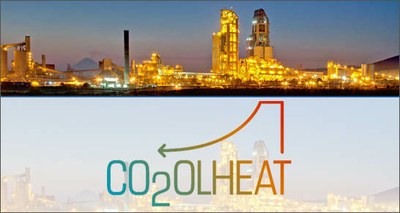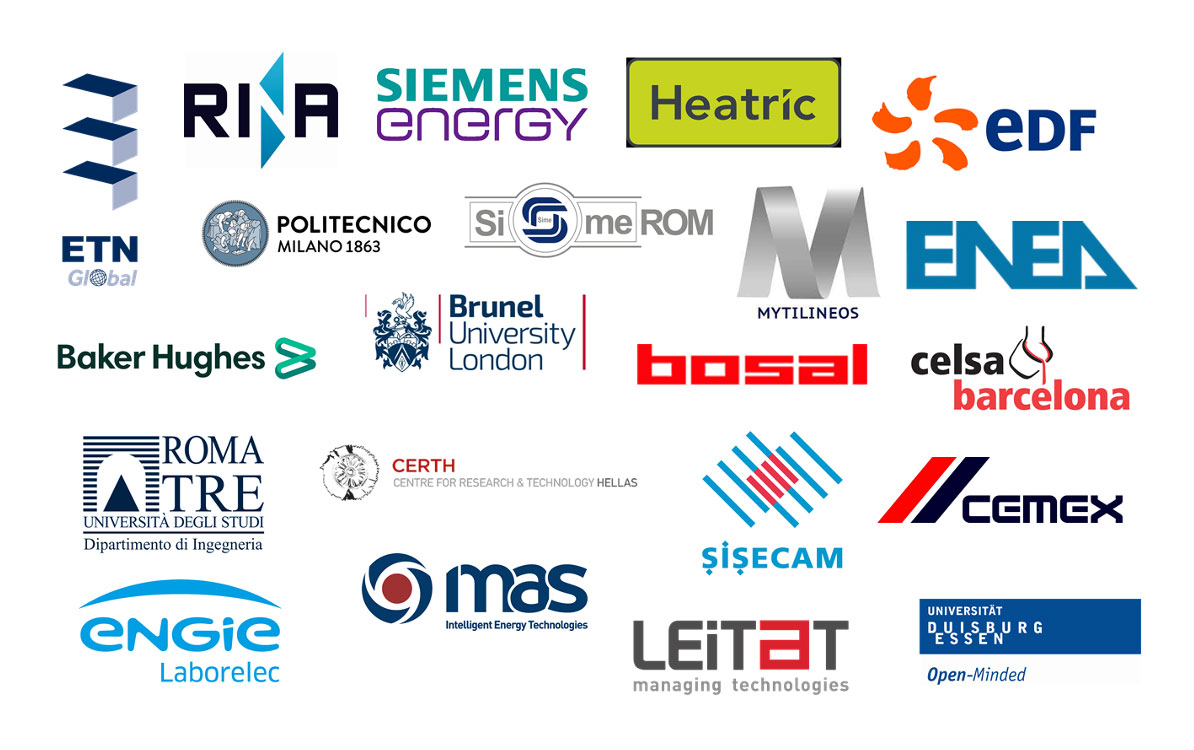Energy: Europe's first supercritical CO2 plant to generate electricity from industrial waste heat
9/12/2021
 Implementing an industrial-scale pilot plant, the first of its kind in Europe, capable of recovering industrial waste heat and converting it into electricity employing innovative technologies based on supercritical CO2 (sCO2).
Implementing an industrial-scale pilot plant, the first of its kind in Europe, capable of recovering industrial waste heat and converting it into electricity employing innovative technologies based on supercritical CO2 (sCO2).
This is the objective of the four-year European project CO2OLHEAT (2 power cycles demonstration in Operational environment Locally valorising industrial waste HEAT), funded by the EU Program Horizon 2020 with approximately 19 million euro and comprising 21 partners from 11 countries, including ENEA, Milan Polytechnic, Roma Tre University, Rina Consulting and Nuovo Pignone for Italy and the Belgian association ETN Global as coordinator.
The use of sCO2 as a working fluid will allow the development of more compact and less complex power plants from an engineering point of view, with a possible wide diffusion of the technology in the entire sector of energy-intensive industries (chemicals, steel, glass, cement, ceramics), characterized by large margins for process heat recovery.
“sCO2 plants can overcome current technological limitations, resulting into less complexity and therefore lower costs compared to steam plants, higher efficiency due to the exploitation of industrial heat at higher temperatures, increased safety and lower flammability risk compared to organic fluid systems”, pointed out Giuseppe Messina, ENEA researcher at the Energy Technologies and Renewable Sources Department and coordinator of the project for the Agency.
ENEA is involved in almost all project activities and will deal, together with other partners, with the development of technical and economic scenario analysis aimed at defining the model, characteristics and requirements of the pilot plant. ENEA is also leader of the task force for identifying potential market applications of the technology.
After the preliminary phase dedicated to the study and analysis, the consortium will develop a 2MW electric pilot plant to be integrated into the CEMEX cement plant in Prachovice (Czech Republic). In this industrial plant, the innovative technologies based on sCO2 will be demonstrated in an electricity generation plant, which must be flexible, innovative, economically sustainable and replicable in other industrial contexts. The project also envisages six virtual replication sites in different countries: glass industries (Turkey), aluminum (Greece), steel (Spain), an incinerator (Belgium), an electricity generation plant (France) and a solar plant. (Spain).
A substance becomes a supercritical fluid when temperatures and pressures above its critical point are applied, that is to say when it is heated and compressed until it reaches a thermodynamic condition where distinct liquid and gas phases do not exist. This fluid, in this case the sCO2, has properties midway between a gas and a liquid. sCO2 cycles ensure security and flexibility of electrical supply and fuel.
In the case of oxy-combustion, where pure oxygen is used instead of air, it is also possible to integrate a CO2 capture process at extremely low costs. In this configuration sCO2 systems have a minimal environmental impact. Finally, they are extremely compact, which means that construction costs are relatively low”, explained Eugenio Giacomazzi, head of the ENEA Laboratory of Engineering of Processes and Systems for Energy Decarbonisation.
The use of sCO2 can also be an effective solution for the accumulation of excess electricity generation from non-programmable renewables, through low-temperature thermal storage (ice) and subsequent thermo-electrical conversion. The use of oxy-combustion sCO2 power cycle for “water free” shale gas extraction and a simultaneous geological confinement of the captured CO2 is also of great interest.
"Replacing conventional plants with sCO2-based electricity generation technologies is a great opportunity for achieving the 2030/50 EU energy saving targets in full synergy with the strategies for using hydrogen in the hard-to-abate sectors.
The technology underlying the project CO2OLHEAT will help reduce primary energy requirements and therefore CO2 emissions, in line with the circular economy and industrial symbiosis approach and, by supporting the electricity grid, will make technically more sustainable an increased energy share from non-programmable renewable sources ”, Messina said.
For more information please contact:
Giuseppe Messina, ENEA –Energy Technologies and Renewable Sources Department, giuseppe.messina.cas@enea.it
Eugenio Giacomazzi, ENEA – Head Laboratory of Engineering of Processes and Systems for Energy decarbonisation, eugenio.giacomazzi@enea.it
https://cordis.europa.eu/project/id/101022831

